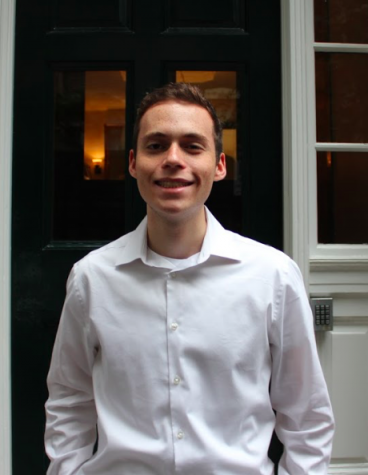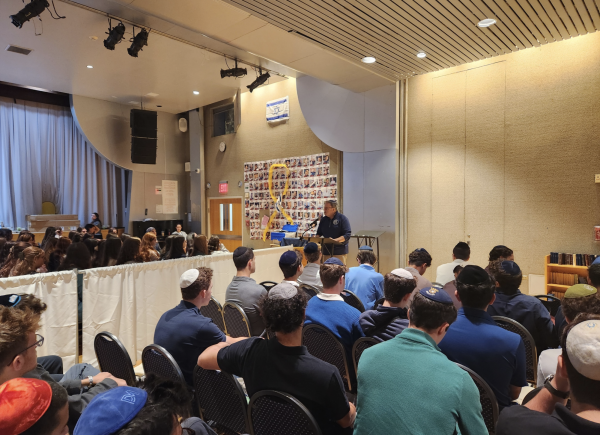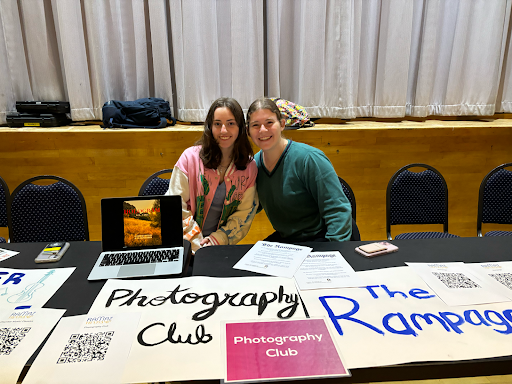Juniors and Seniors Share a Minyan

A quick glance into the lunchroom at 8 AM sparks curiosity– the room appears to be filled with more people than ever before. For the first time in Ramaz’s history, juniors and seniors have been combined into one daily minyan. Rabbi Slomnicki and Rabbi Schiowitz, along with other members of the administration, were responsible for the change, which they explained as both logistical and religious. They hope that combining the junior and senior minyans will enhance the overall tefillah experience for both faculty and students.
One motivation behind the change was to infuse what the administration saw as a weaker senior minyan with more spiritual energy. According to Rabbi Slomnicki and Rabbi Schiowitz, a larger minyan should provide students with more “communal energy” and kavana. Another motivation behind the change was to ensure that there would be a sufficient number of faculty members to supervise the minyan effectively. Rather than having only 2 or 3 faculty members present at both the junior and senior minyanim, 7 faculty members are now attending the joint minyan. According to Rabbi Slomnicki and Rabbi Schiowitz, a greater number of teachers at the combined minyan offers a more organized program and a more positive spiritual experience.
Additionally, the administration felt it appropriate to begin combining individual grade minyanim because grade sizes at Ramaz have decreased in recent years. “Grades have gotten smaller,” said Rabbi Schiowitz, “so the number of students at minyan every day has thus decreased.” In other words, a combination of smaller grade sizes and dwindling attendance both contributed to the change.
Another motivation for the change was to maximize the positive impact that one grade can have on another. Rabbi Slomnicki explained that, “The [current] juniors have distinguished themselves as a positive force.” Each grade has its respective strengths and weaknesses, and combining the upperclassmen into one minyan allows each class to learn from the strengths of the other, which in turn creates an overall more constructive environment.
Students have expressed mixed feelings about the new davening arrangement. Some students stated that the minyan change has been beneficial. Naomi Levy ’19 said, “the combined minyan is a refreshing change from my previous daily routine from the last three years. It has helped me stay more focused when davening every day.” Other students feel that the minyan is too stuffy and fails to provide a more meaningful davening space. Avery Sholes ’20 described the minyan as “underwhelming,” stating that “the density of the room takes away from all the potential that the grades could achieve individually.”
The reaction from faculty members has thus far been fairly positive. Rabbi Slomnicki explained that the new minyan has exceeded his expectations, and that prior to the start of school he had implemented certain organizational measures, such as creating assigned seats, as a precaution. “Compared to last year’s minyanim,” said Rabbi Slomnicki, “this year’s [combined] minyan is so much better.” Rabbi Schiowitz, however, believes that it is too early in the year to conclusively say whether or not the joint minyan was a good idea. “The school will have to see how it goes in the future before it can decide if it was a smart change,” said Rabbi Schiowitz. “The teachers don’t see a significant up or down in [the minyan], so we might as well keep it going for the moment.” As of now, it is unclear whether the combined minyan will become a permanent change at Ramaz.

Zach Buller has been an active member of The Rampage staff since the first week of his freshman year, and now serves as Co-Editor-in-Chief. In his four...


